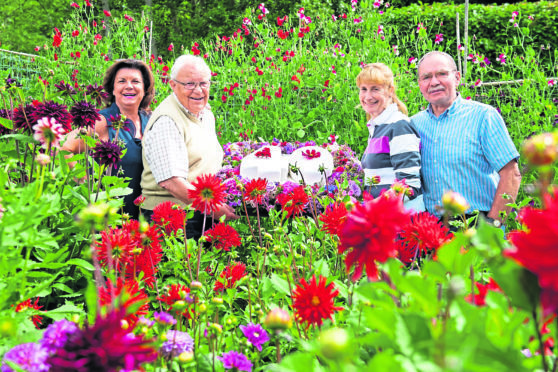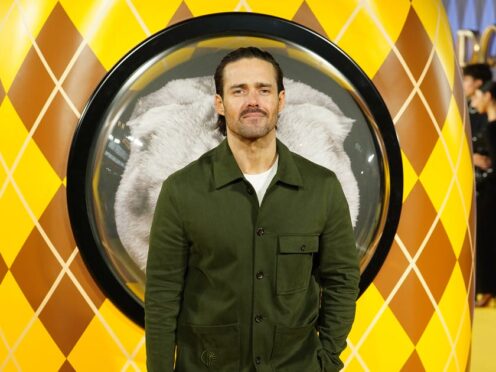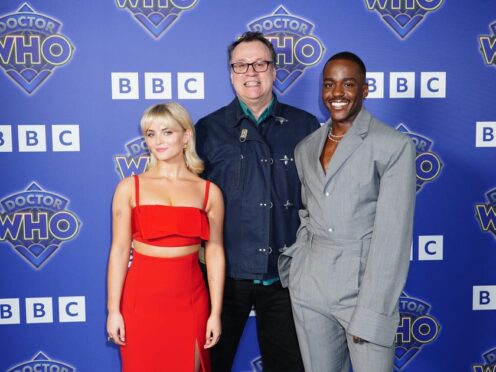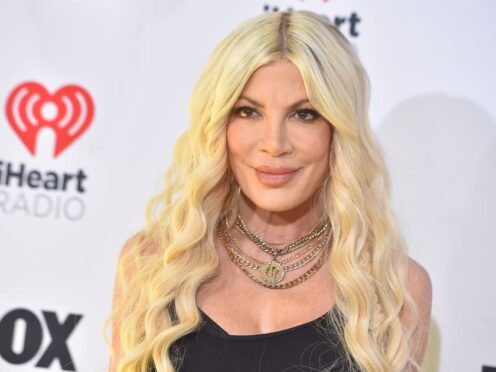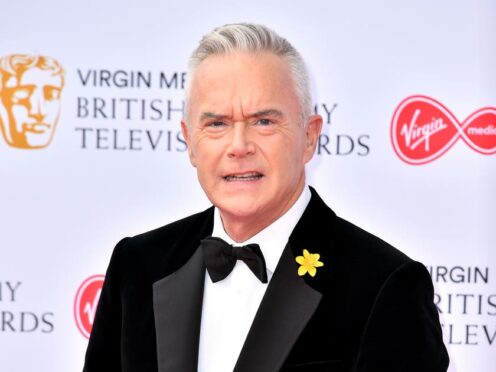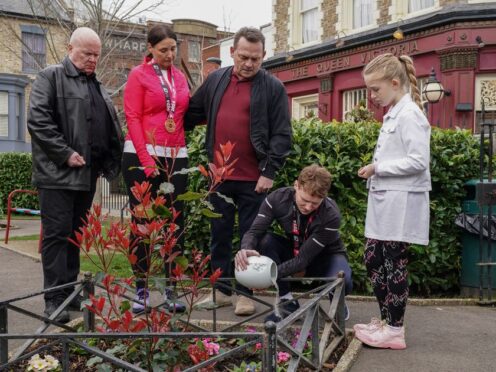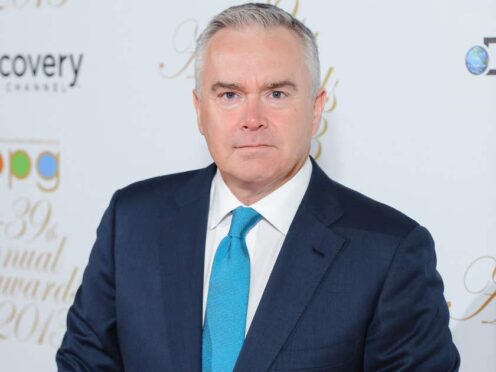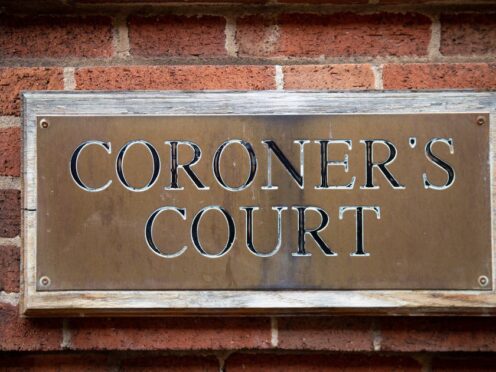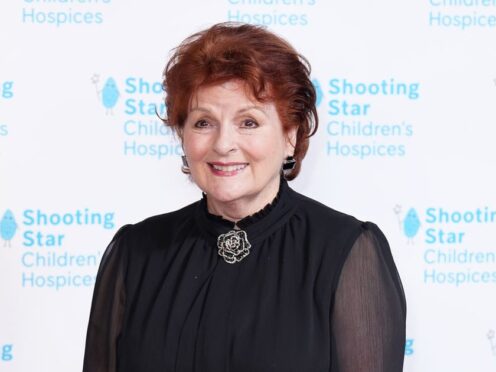Jaws dropped in many middle-class households in 1978 when George Barron told television viewers he was off to do “a wee jobbie” in the potting shed.
But, 40 years later, the Beechgrove Garden has become a treasured part of Scottish life.
And this weekend, Elaine C Smith will present a special anniversary programme, highlighting one of Aberdeen’s best-known exports.
However, the show which many regard as being uniquely Scottish, actually owed its origins to a series from the United States.
John Macpherson, the first producer in 1978, revealed: “The Beechgrove Garden came from a variety of people who had seeds of ideas.
“But what really kicked it into life was a visit by a BBC Scotland executive to Boston who saw the equivalent of their BG called the Victory Garden, which was set out in the backyard of WGBH Boston.
“Word of the American gardening show got back to BBC Aberdeen director, Mike Marshall – and an idea formed to set about a cultivating a corner right behind the Beechgrove Terrace studios.”
Jim McColl, one of the original presenters alongside the late Mr Barron, has never been influenced by passing trends.
As he said: “Right at the very start, it was a blank canvas. Beechgrove was going to be out there, in the back garden. And the rest is history.
“We took the ‘semi-detached suburban garden’ and asked: ‘What does it have? What would people like to have in it? And we set off from there.”
He and Mr Barron suffered the occasional disaster along the way. But their down-to-earth philosophy and refusal to take themselves too seriously captured a huge audience.
As Mr McColl stated: “In the early days, one of the funny things was that people would say to you: ‘What makes you think that you know all this and can present it out there and you’re doing the right thing?’
“My answer to that was, George Barron was standing next to me and he’s got 60 years’ experience, and I’ve got 40 years’ experience in horticulture.
“That’s 100 years between us. If we cannae talk for three minutes about how to grow tatties, it’s a poor do.”
Remarkably, in the early days, a million viewers often tuned in to watch the couple – 20% of the population of Scotland.
Then, in the mid-1980s, the programme broke new ground when Kent-born Carole Baxter became the first woman to co-host a TV gardening show.
She recalled: “I was asked to present and there were a couple of things that I said. One of them was: ‘Oh, you’ve got to be joking. You know I’m a female.’
“Because it was two men, it was Jim and George. And then it was Jim and Dick Gardiner for two years. And I’m also English.”
Beechgrove has been parodied down the years, but it has adapted to the changing seasons, no matter the vagaries of the Scottish climate.
As current presenter George Anderson said: “Jim has been standing in his short sleeves, with the temperature 24 degrees in April then, the next week we filmed, there was six inches of snow and the temperature was four degrees. ‘How do plants cope with that, and how do we cope with that?’
“Well, we do.”
The Beechgrove Garden Story will be screened on Sunday on BBC One from 5.35-6.35pm.
